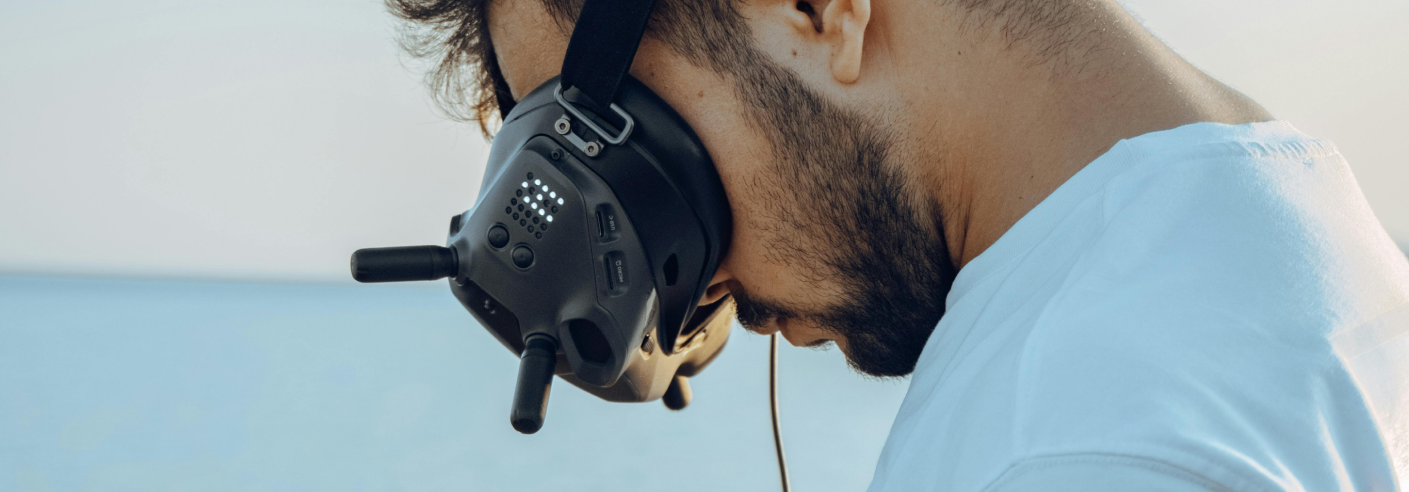
Drones are transforming agriculture through precision farming techniques. Equipped with advanced sensors and imaging technology, drones offer farmers real-time data on crop health, soil conditions, and irrigation needs. By efficiently monitoring vast fields and detecting subtle variations, drones enable targeted interventions, optimizing resource use and maximizing yields while minimizing environmental impact.

Nice product
Good Quality Product
Nice Product. Must buy It.
I like this Product